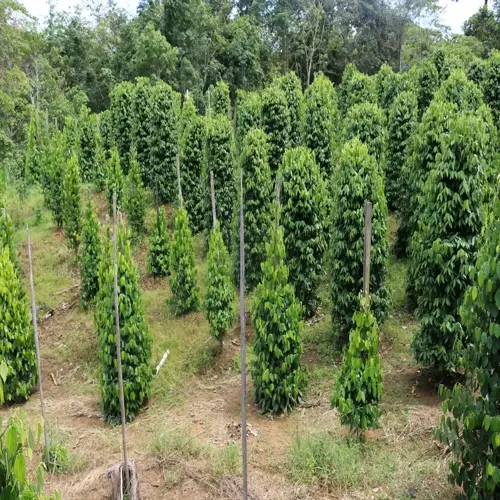How do I choose between perlite and vermiculite?

Written by
Nguyen Minh
Reviewed by
Prof. Martin Thorne, Ph.D.Deciding between perlite and vermiculite depends on what you know about your plants and their environment. Both amendments help improve the growing medium, but they serve opposite purposes. If you select the wrong one, your plants may suffer as a result. I've worked with growers for years to help rectify that mistake.
Plant Moisture Needs
- Perlite: Ideal for succulents and drought-tolerant species
- Vermiculite: Best for moisture-loving plants like ferns
Climate Conditions
- Perlite: Recommended for humid regions with heavy rainfall
- Vermiculite: Essential in dry climates needing water retention
Soil Composition
- Perlite: Improves drainage in clay soils
- Vermiculite: Enhances water holding in sandy soils
First, consider your plants. Cactus and rosemary prefer perlite's drainage, while ferns and peace lilies need vermiculite. Vegetables require both mixed. I always test soil moisture daily to influence my decision.
Pay careful attention to the climate as well. In humid climates, you may need to add additional perlite to your primary soil medium to manage rot. In arid climates, you may need to use vermiculite to reduce the frequency of watering. For instance, my greenhouse in Colorado uses more vermiculite than my garden in Florida.
Blend both amendments for balanced results. Mix 30% perlite and 30% vermiculite with potting soil for tomatoes. This provides drainage and steady moisture. Adjust ratios based on plant responses.
Watch for warning signs. Yellow leaves often indicate excessive vermiculite. Wilting suggests insufficient perlite. Repot immediately if problems appear. Your plants will recover quickly in proper soil.
Read the full article: Perlite vs Vermiculite: Ultimate Comparison Guide

